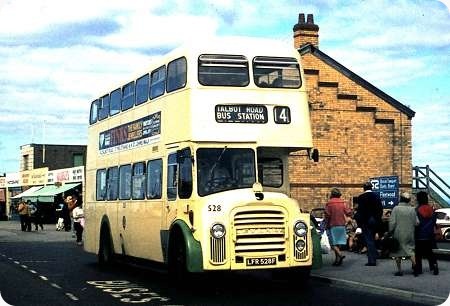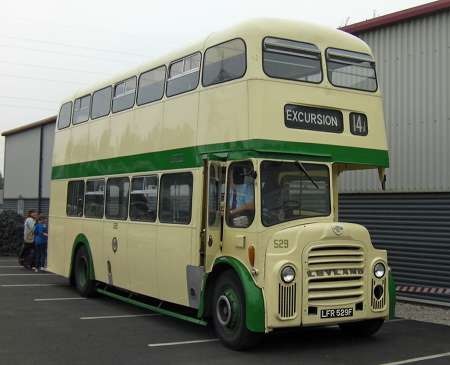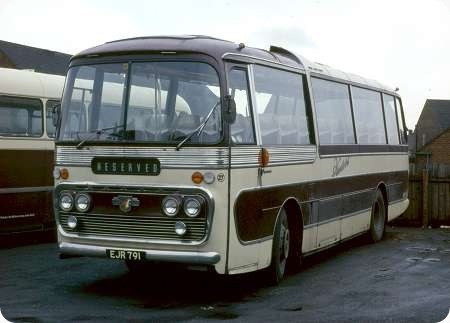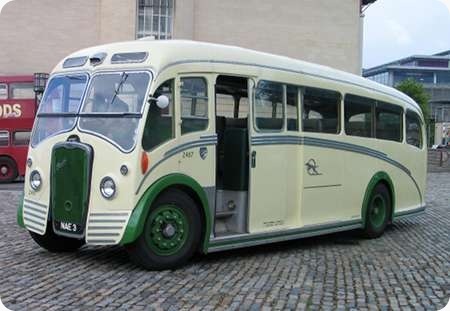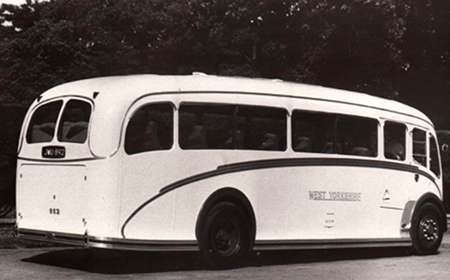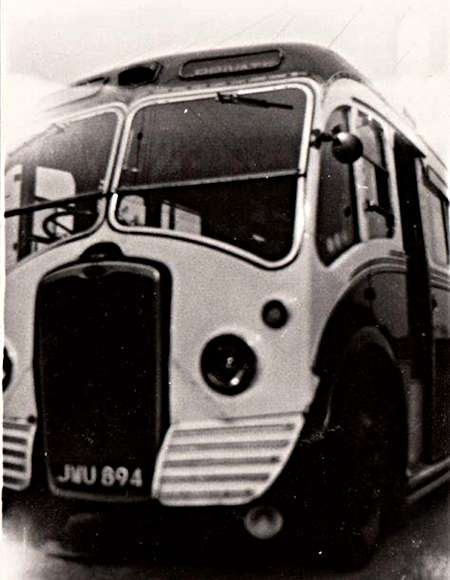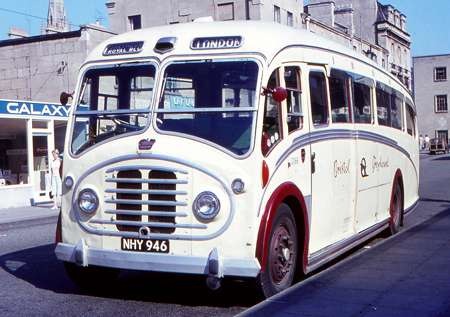Blackpool Corporation – Leyland Titan – LFR 528F – 528
Blackpool Corporation
1968
Leyland Titan PD3A/1
MCW H41/30R
LFR 528F is one of a batch of 40 Titan PD3A/1 vehicles with MCW H71R bodywork, delivered to Blackpool Corporation in 1967 and 1968. Some of the later 1968 vehicles had the G suffix to their registrations. 528 is seen in the old almost-overall cream livery at Fleetwood on 15 September 1975, while on the 14 between Fleetwood and Talbot Road Bus Station. I sampled the current version of this service in May 2013, and it’s a lot quicker to use the tram from the stop by the Knott End Ferry beyond the bus to North Pier!
Photograph and Copy contributed by Pete Davies
04/07/13 – 06:05
I know it’s an Orion – but it’s a handsome one. Light colours flatter it.
David Oldfield
04/07/13 – 06:05
Blackpool being Blackpool, how long did they last? Still running?!
Joe
04/07/13 – 08:32
Joe, No! Sadly it’s only some of the trams of similar and older vintage that are still in service, not the buses.
Pete Davies
04/07/13 – 12:21
Nice photo: the bus fleet inevitably gets overshadowed by the tram fleet. I agree that the Orion looked better in lighter colours. That open radiator flap must have worsened fuel consumption!
Chris Hebbron
05/07/13 – 11:44
I beg to differ about there being no Blackpool PD3’s still active. 529 is still very much active, mostly doing private hires for Classic Bus North West. But it did operate the full shift on service 22 on the 25th of May this year, this being the day that also saw RM1568 and 1947 built Lytham 19 doing a planned Heritage Running Day on that service.
Mr Anon
06/07/13 – 06:25
What a terrible livery that was. Indeed, it would be wrong to use the word livery. Just dump a bus into a tank of cream paint and dab a bit of green on the mudguards.
Thank goodness more green (and more sanity) returned to this fleet after a few years.
Petras409
06/07/13 – 08:32
Mr Anon, still active? Yes, but not in normal every day service with the original operator. I know of several that are preserved in different places. Blackpool’s bus life has generally been around 12 years.
Pete Davies
07/07/13 – 07:39
Not strictly true the age profile. Most of the Atlanteans were between 20 and 25 years old when withdrawn, the ex WYPTE Olympians were just about 30 years old, and the F*** UFR Olympians were just about 20 years old on retirement. The 12 year life has long since passed into oblivion.
Mr Anon
18/11/13 – 05:17
For the record, Blackpool Transport’s last few PD3s were retired from regular passenger service exactly 25 years ago this month.
SR
20/07/14 – 15:10
Here is another Blackpool PD3, consecutive registration No to the one shown above, this was taken June 15th this year at Ribble Steam Railway, Father’s Day, Vintage Vehicle Show.
John Lomas
Quick links to the - Comments Page - Contact Page - Home Page
